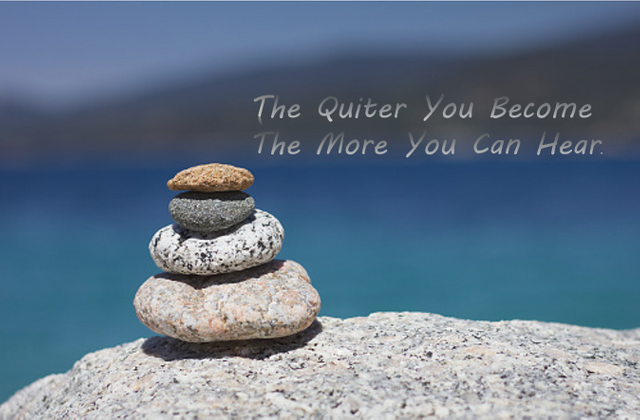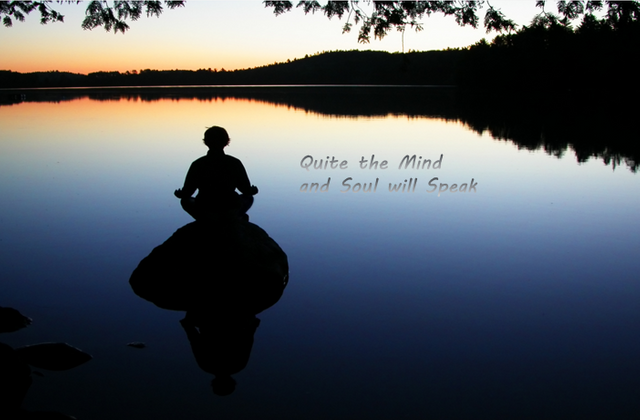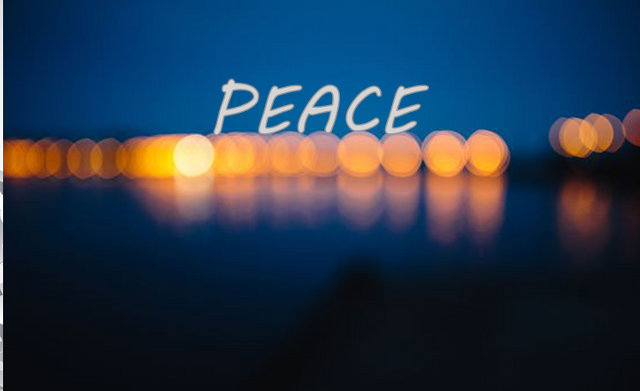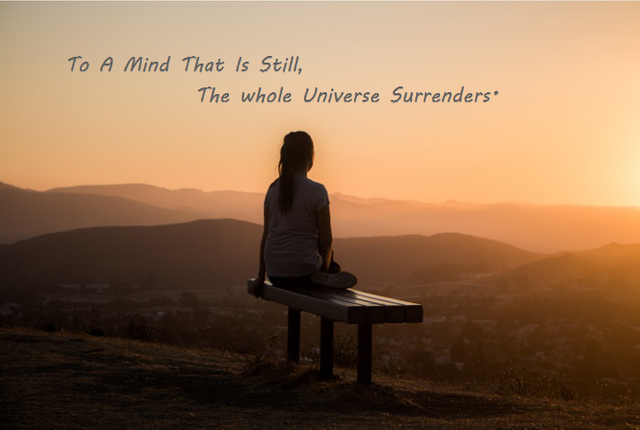Meditation has acquired a certain atmosphere of mystique, considering the fact that it is one of our most innate skills. You've also seen periods in your life where you weren't worrying or contemplating what you were doing, but simply "go with the flow." There was no history or future in these times, no separation between you and what was happening. Meditation is all about about this..png)
Meditation, contrary to popular belief, is not so much about restricting or concentrating our attention as it is about reflecting on what is essential. Our concentration may be small, as when we are examining our breath, or wide, as when we are planning a five-course meal. We become at home with what we experience as the mind is free to reflect on what is important to what is happening right now. This is a profoundly joyful feeling and we are no longer under the delusion that we are isolated from all else in the world. In reality, meditation is a stronger, fuller presence in life, not a retreat from it.
Another widespread mistake is that meditation is purely about the subconscious. Meditation does, in fact, have biochemical effects that have been measured by scientists. It has been found to minimize oxygen intake, heart rate, respiratory rate, and blood pressure while increasing the strength of alpha, theta, and delta brain waves—the polar opposite of behavioral changes observed during the stress response.
Most interestingly, studies conducted in Japan in the 1960s revealed that experienced meditators could not only raise alpha waves (which signify a calm and alert state) but also sustain that state with their eyes open, while nonmeditators can only do so with their eyes closed.
.png)
The meditative state is best characterized by this capacity to be both highly calm and alert. Countless practitioners have found that they can attain this state by cultivating emphasis and presence—in other words, concentration: not teeth-clenching resolve, but tender attending to the topic of attention—over centuries.
4 Meditation Styles to Try
You'll find that the options are infinite if you pursue any of the following simple practices. Choose a strategy and give it a week or two to see if it works before moving on to another. Suspend all decision or skepticism for the time being, and consider all negative responses as simply thinking processes to be let go of. Then, if you prefer, take a new way.
Conscious Breathing
This is a simple but effective focusing technique. Simply focus on the sensation of your breath as it approaches and escapes your nostrils. Keep your concentration on the length of each intake, and if your mind wanders away from it, just note it and get it back to the feelings of the breath. If your mind is easily confused, naming each breath "in" or "out" and each thought "thinking" can be beneficial. Do not try to regulate or envision the breath; instead, merely observe the feeling as it occurs.
.png)
Visualization
By first looking at a basic geometric shape (such as a circle or a triangle) and then closing your eyes and trying to keep the form in your mind's eye, you will establish your inner vision. You will eventually deal with yantras and mandalas (intricate abstract figures that have been used as meditation instruments since ancient times) or imagine a divine guidance or being that has meaning for you. You can also envision a serene atmosphere in which you can meditate.
.png)
Ahead: Inner Peace
Many people are put off by meditation because they begin with a routine that is either too complex for them or does not fit their personality. Whatever tool you use, bear in mind that sustained work is required; the mind is crafty and refuses relaxation. (Knowing that this emotional restlessness is natural is a big relief for many people who initiate meditation assuming it's just their mind!) Begin by training for five to ten minutes per day and commit to doing so on a regular basis.
Vedantic Meditation
Vedantic Meditation has been characterized as using the mind to move beyond the mind through the practice of self-examination and self-remembrance, which is part of the yogic philosophy known as Vedanta. Since this isn't a basic type or procedure, it defies categorization. Simply trace your thoughts back to their origins to practice self-inquiry (the most common type of Vedantic meditation), keeping the question “Who am I?” alive at all times—not just repeating it to yourself like a chant but still keeping a probing, challenging attitude. For eg, if you're bored at the moment, you might inquire, "Who is it who is bored?" This line of inquiry seeks to liberate the practitioner from a narrow, egocentric identity and instill a sense of oneness in him or her.
Meditative perception is not an abstract activity, but it does add insight to the mind's workings. You become liberated from reactive conditioning, more likely to adapt creatively, and more in balance with the way things are if you maintain an alert and calm mind. It's fine if you come to yoga to alleviate the debilitating effects of stress on your body and mind. However, when you develop self-awareness and inner harmony, expect your motives to change. Meditation has the ability to improve not only you, but your whole life. Indeed, as mindfulness practice advances, it becomes apparent that your whole life will become a meditation in motion.
.
😊😊😊
Downvoting a post can decrease pending rewards and make it less visible. Common reasons:
Submit
If i edit the picture it still plegiarised???
Downvoting a post can decrease pending rewards and make it less visible. Common reasons:
Submit
😊😊😊
Downvoting a post can decrease pending rewards and make it less visible. Common reasons:
Submit
okay okay...thanks alot..i didn't know it...thanks again sir
Downvoting a post can decrease pending rewards and make it less visible. Common reasons:
Submit